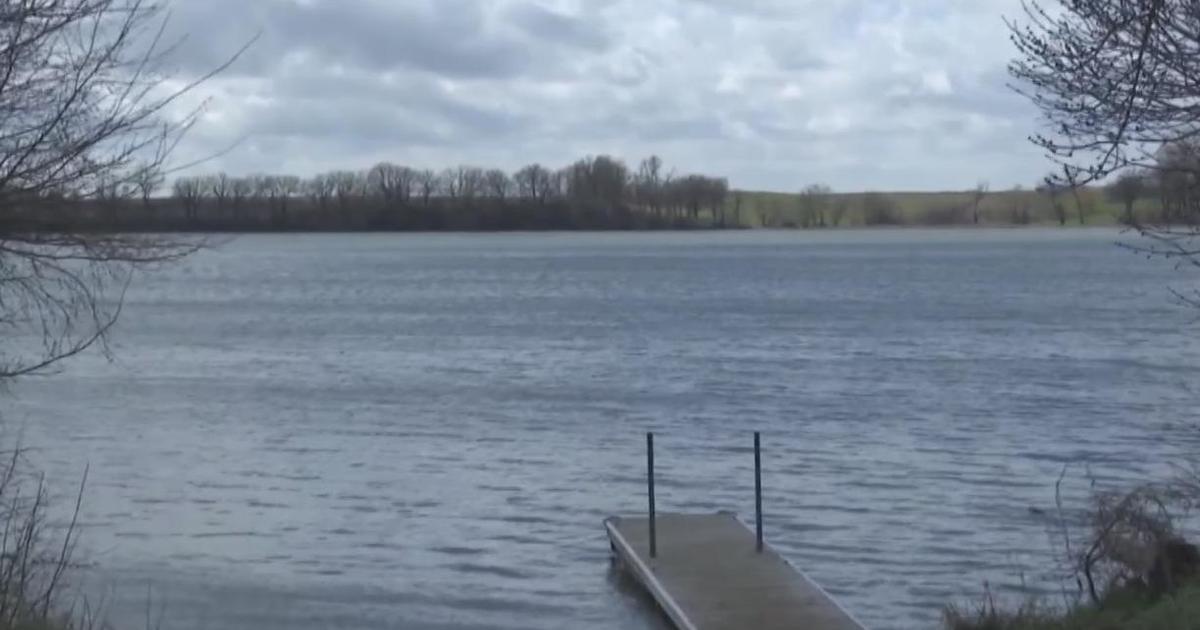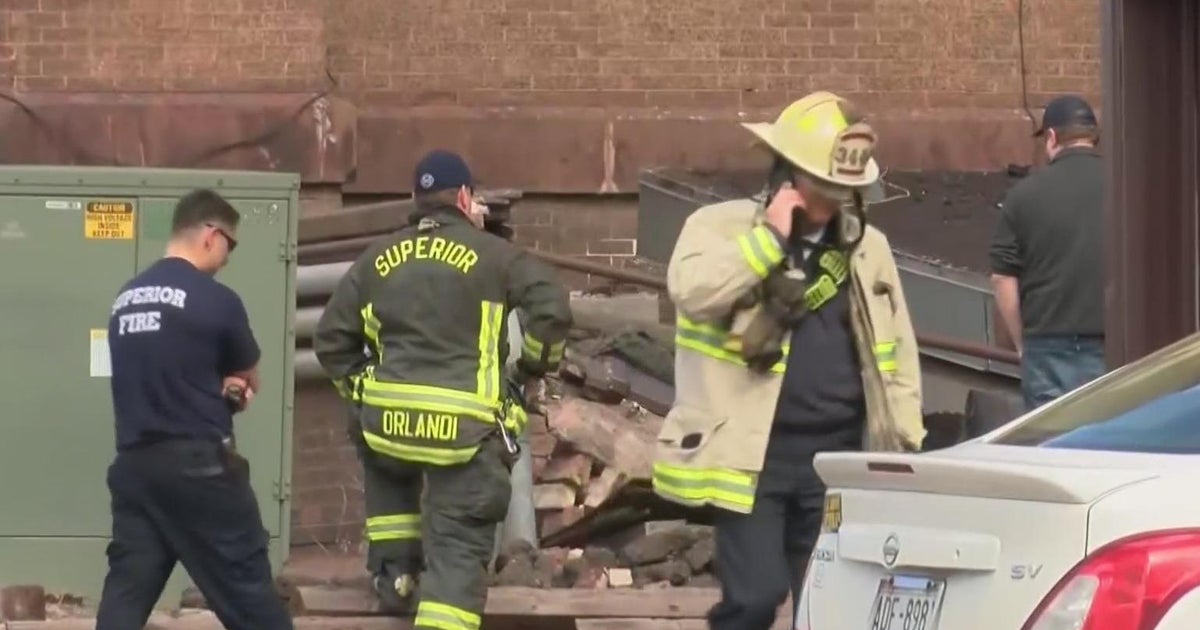What Are The Best Strategies For Winter Driving?
MINNEAPOLIS (WCCO) -- Monday and Tuesday morning were rough on Minnesota roads. According to the Minnesota State Patrol, there were almost 300 reported crashed and more than 500 spinouts.
So, is it time for a refresher on winter driving? What are we doing that we shouldn't? Good Question.
WCCO posed this question to Facebook Tuesday morning. The responses were significant and ranged from turning on headlights, clearing the snow off cars and slowing down. Slowing down was repeated over and over and over again.
Minnesota State Patrol Lt. Bob Zak says he saw a number of drivers making mistakes Monday.
Chief among them were drivers tailgating or not keeping their distance from the car ahead of them. In normal conditions, he advises people stay back two cars length back. In snowy conditions, it should be three or four car lengths.
"We like to say eyes to the horizon," says Lt. Zak. "Look three to four car lengths in front of you because when that vehicle starts to slow down and hit their brakes quickly, you don't have that time to react."
He also points out people should have tires with good tread. On Monday, he helped pull out a number of cars that had no tread on their tires.
When it comes to anti-lock brakes, Lt. Zak advises drivers to get used to them before driving on slippery roads.
"One of the biggest mistakes people make is they feel them pulsating and release the brake," he says. "It'll increase their stopping distance, so I leave foot on the brake the entire time."
On Monday, State Patrol troopers helped free a number of cars from being stuck in the middle of the highway by using the push bumpers on the front of the squads. Troopers are trained give stuck drivers a little push and guidance on how to get their car moving again. The squad cars' low center-of-gravity and all-wheel drive make it so they're are less likely to get stuck.
If a driver gets stuck, Lt. Zak recommends staying in the car and waiting for help. He suggests trying to avoid revving the engine because it can end up burning holes in the ice and making the surface more slippery.
On Monday night, the West St. Paul Police Department reported one car started on fire after its driver revved the engine. Mechanics say that's possible, but rare.
If a person's car is skidding, Lt. Zak says the driver should not panic, ease off the gas, don't slam on the brakes and try to steer in the direction the car is going.
Finally, the best piece of advice: Stay off the roads if you can.



